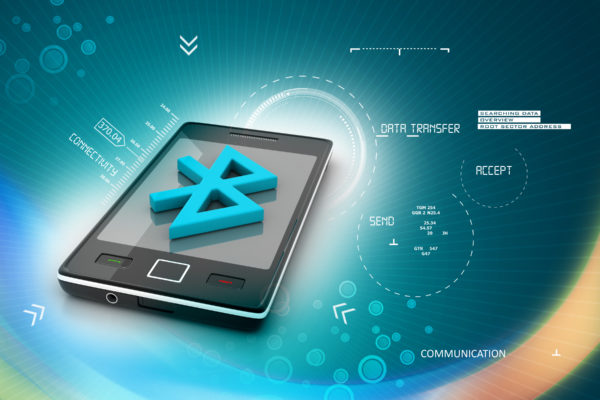Technology that helps to improve fitness is continuously growing and expanding. The goal of many of these apps or devices is to transfer information seamlessly from the physical world into an app. This particular niche has proven to be a goldmine. The wearable technology industry is projected to be worth $34 billion by 2020. Tracking is currently a large component of these technologies. By providing the ability to track steps, flights climbed, and calories burned, the fitness technology provides detailed insight into a wearer’s life and fitness habits. From there, the wearer can improve or maintain fitness levels.
This booming industry could be either an opportunity or a threat of independence to traditional gyms and fitness clubs. One fitness club, Equinox, took the opportunity when Apple and Nike released HealthKit. The fitness chain engineered its own digital platform with Apple. Personal trainers could now access customer’s accurate data to tailor fitness programs to the customer’s needs.
One non-traditional fitness app made by a gaming company boosted their net worth by 7.5 billion dollars. The company, Nintendo, created the app Pokemon Go with Niantec and the Pokemon Company. This app features the use of a smartphone’s GPS and camera system to make a highly interactive game. The player must walk around in the real world to move their virtual avatar in the game. The avatar will randomly encounter Pokemon. Then the app uses the camera to place the creature as if it is in your “real” environment. You also need to take a certain amount of steps to achieve accomplishments. The Pokemon franchise is so huge and well known that players of all ages download the game. Many users reported that the game is helping them boost their fitness since walking is a necessary component of playing the game.
All this tracking and fitness apps and technology creates a jackpot for mobile advertisers who use data. Since most use GPS, companies can get a detailed look at the lives of their consumers. Additionally, they can receive information about your general state of wellness, health conditions, diet, etc. from these apps. All this data could be sold to create more detailed advertisements, similarly to the online data tracking that already exists. This may be an issue of privacy for many. Others may enjoy having advertisements that are more relevant to their needs and wants.
The fitness technology industry is exploding with growth. Companies who take advantage of this trend will have the potential to reap major benefits. Contact Colure’s mobile advertising team to provide a solid go to market plan for your next mobile app.



